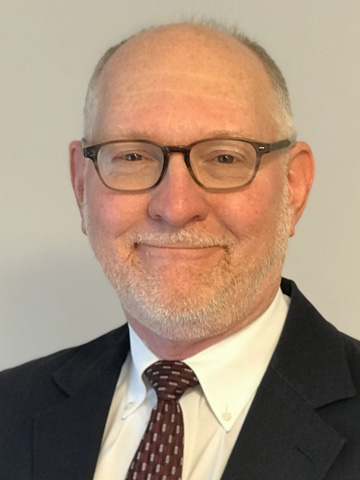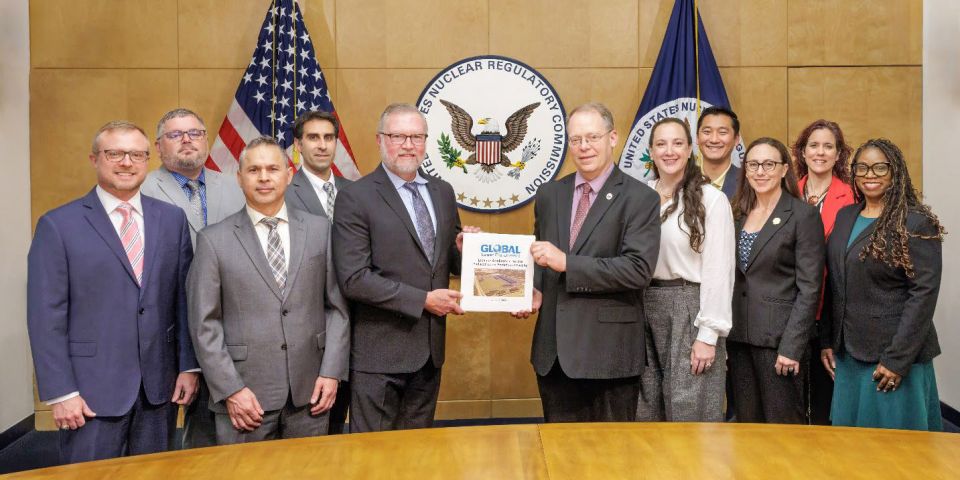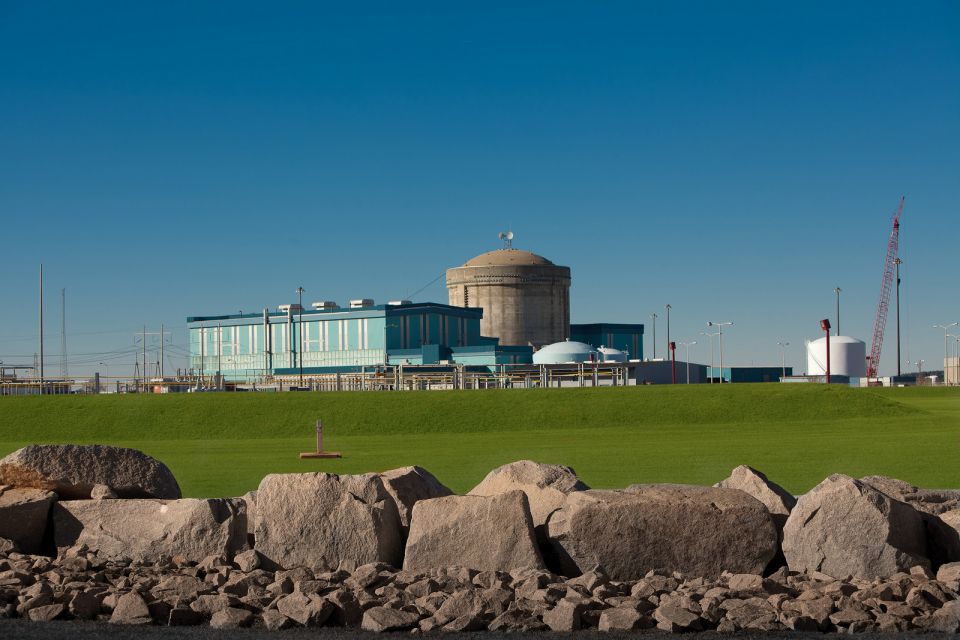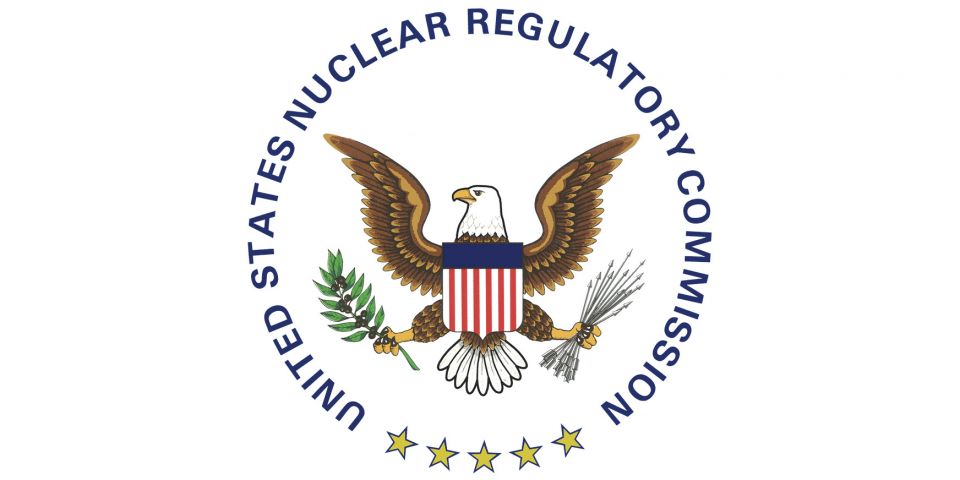What does the Supreme Court have to do with nuclear waste?
The views and opinions expressed in this article are those of the author and do not necessarily reflect the official policy or position of the American Nuclear Society.
As if COVID-19 and a rancorous presidential election were not enough, over the next few weeks we will also be dealing with the confirmation of a justice to fill the open seat on the Supreme Court. What does that have to do with the American Nuclear Society and nuclear technology? Well, nothing directly, but there is an interesting connection between the Supreme Court and a notable case on nuclear waste decided by the U.S. Court of Appeals for the District of Columbia Circuit in August 2013.
As background, in 2010 the Obama administration shut down the Department of Energy’s program for a geologic repository for nuclear waste at Yucca Mountain, in Nevada. The program was mandated by the Nuclear Waste Policy Act of 1982 (NWPA), but it was vigorously opposed by the Nevada state government and, more important, by Sen. Harry Reid (D., Nev.). Reid was a junior figure with little power when the Nuclear Waste Policy Amendments Act passed in 1987, designating Yucca Mountain as the sole site to be characterized as a repository. In the 2000s, however, Reid acceded to the post of Senate majority leader and wielded great power.
In 2008, Reid supported then-senator Barak Obama’s bid for the Democratic presidential nomination and delivered a key primary win in Nevada. Senator Obama became President Obama, and in 2010 the Obama administration stopped work on Yucca Mountain and even went so far as to dissolve the DOE’s Office of Civilian Radioactive Waste, which was mandated by the NWPA. The move was widely seen as a reward for Reid’s earlier support.
Later in 2010, at the direction of Nuclear Regulatory Commission Chairman Gregory Jaczko, the NRC staff shut down its ongoing and nearly complete review of the Yucca Mountain construction authorization request. Interestingly, Jaczko was a former aide to Reid and, before that, to Rep. (now Sen.) Ed Markey (D., Mass.), a leading critic in Congress of nuclear power. Reid used his influence to arrange Jaczko’s elevation to the NRC in 2005. Obama appointed Jaczko to chair the commission shortly after he took office in 2009.
The NRC found that doses to members of the public living near the repository would be minimal for more than one million years.
The government’s actions to shut down the Yucca Mountain Project spurred lawsuits by the states of South Carolina and Washington, along with localities and even some individuals, requesting that the courts force the NRC to continue its Yucca Mountain licensing work. Funds had been appropriated for that purpose in fiscal year 2010, and $11 million remained when the NRC stopped its review. The cases were consolidated and argued in May 2012 before the D.C. Circuit Court of Appeals. In August 2013, the court made a 2–1 decision in favor of the plaintiffs, issuing a writ of mandamus compelling the NRC to resume its review of the Yucca Mountain application as long as funds were available to do the work. By that time, Jaczko had resigned and the NRC proceeded to complete and issue its staff safety evaluation in early 2015. The evaluation concluded that a Yucca Mountain repository should be able to safely dispose of used nuclear fuel and defense waste. The NRC found that doses to members of the public living near the repository would be minimal for more than one million years.
What, you may ask, does that have to do with the Supreme Court? The link comes in through the judges who ruled in the 2013 appeals court case. The chief judge, Merrick Garland, supported the government’s case that the NRC was not compelled to carry out its duties under the NWPA because, to paraphrase his dissenting opinion, irrespective of the merits of the case, the NRC could not do anything constructive with the remaining appropriated funds. (Note: That turned out to be demonstrably untrue, because the NRC staff was able to complete and issue its safety evaluation with the funds.)
At the time, Garland was understood to be interested in serving on the Supreme Court, and it was speculated that his actions in the case (including the long delay between the arguments and the decision) may have been influenced by reluctance on his part to issue an opinion contrary to the desires of the Obama administration. A seat on the Supreme Court did open up in early 2016 with the death of Justice Antonin Scalia, and President Obama nominated Garland to fill the seat. However, the Senate did not act on the nomination, so Garland’s ambition to serve on the Supreme Court was not fulfilled.
There is another link between the Yucca Mountain case and the Supreme Court. The majority opinion was written by Judge Brett Kavanaugh, who stated: “This case has serious implications for our constitutional structure. It is no overstatement to say that our constitutional system of separation of powers would be significantly altered if we were to allow executive and independent agencies to disregard federal law in the manner asserted in this case by the Nuclear Regulatory Commission.”
Kavanaugh went on to be nominated in 2018 to fill the Supreme Court seat vacated by retiring Justice Anthony Kennedy. After a contentious confirmation hearing, Kavanaugh was confirmed by the Senate in a vote of 50–48.
Beyond the Supreme Court connections, one other figure involved in the appeals court case went on to play a prominent role in the field of nuclear technology. One of the attorneys of record for the government was the general counsel of the NRC at the time, Stephen Burns. After leaving the NRC to serve as head of legal affairs for the OECD Nuclear Energy Agency, Burns was nominated by Obama to serve as an NRC commissioner. He took a seat on the commission in 2014 and served through 2019, including a stint as chairman from 2015 through 2017.
The 2013 appeals court decision may have been a case in which the operation was a success but the patient died. Congress appropriated no more money for the Yucca Mountain Project, and so the momentum toward completion of licensing dissipated after 2015. As a practical matter, the entire U.S. used nuclear fuel and high-level radioactive waste management and disposal program remains at a dead standstill. However, developing a repository at Yucca Mountain theoretically remains “the law of the land.” If the Yucca Mountain Project were to be restarted, it is likely that the state of Nevada would appeal any favorable NRC actions to the U.S. Court of Appeals, and those cases might ultimately end up in front of Justice Kavanaugh and the rest of the Supreme Court.
 After retiring from Duke Energy in 2018, Steve Nesbit founded LMNT Consulting, which supports clients in the areas of advanced reactors, used fuel, and nonproliferation. He remains active in industry and professional organizations and is currently the ANS vice president/president-elect.
After retiring from Duke Energy in 2018, Steve Nesbit founded LMNT Consulting, which supports clients in the areas of advanced reactors, used fuel, and nonproliferation. He remains active in industry and professional organizations and is currently the ANS vice president/president-elect.









